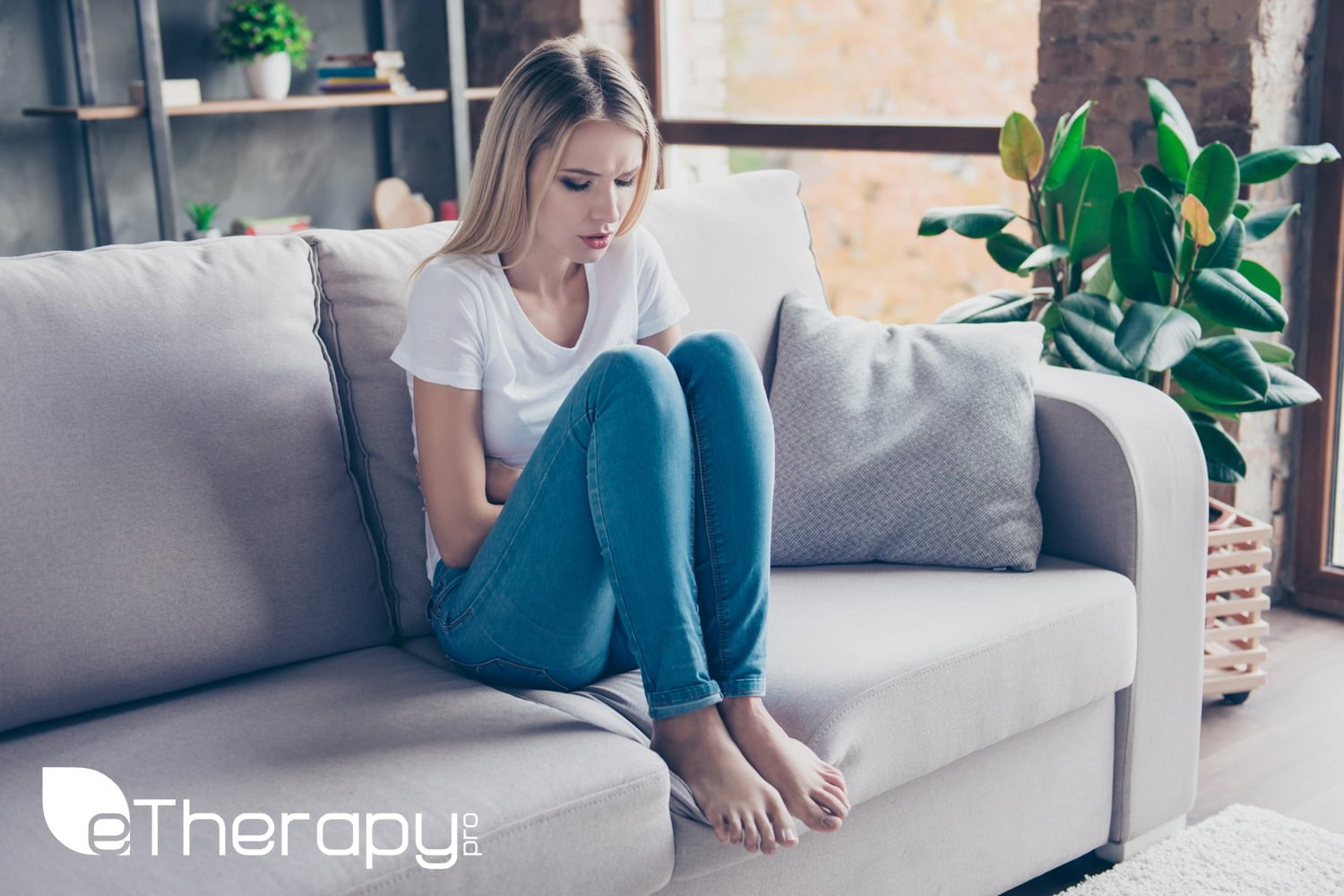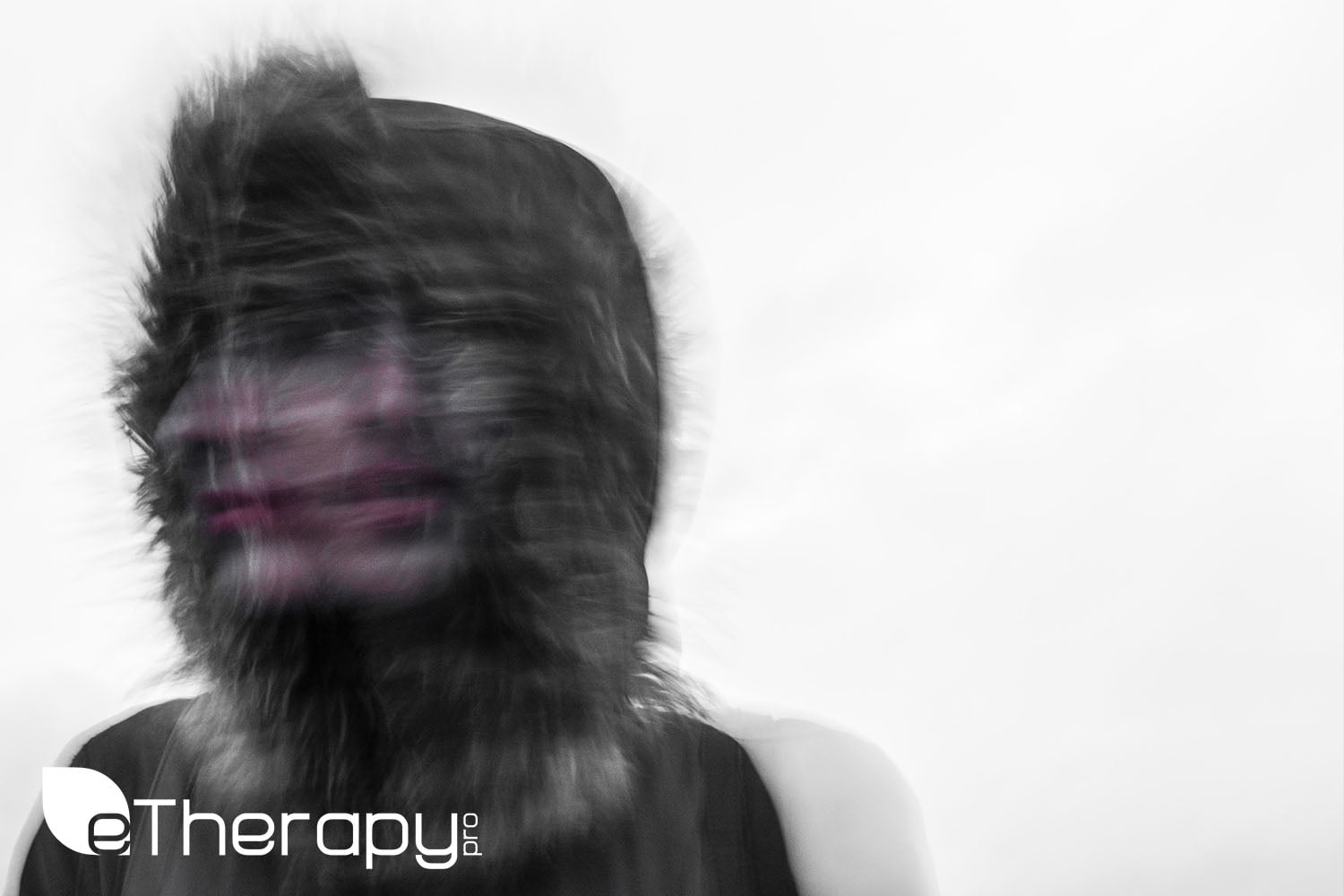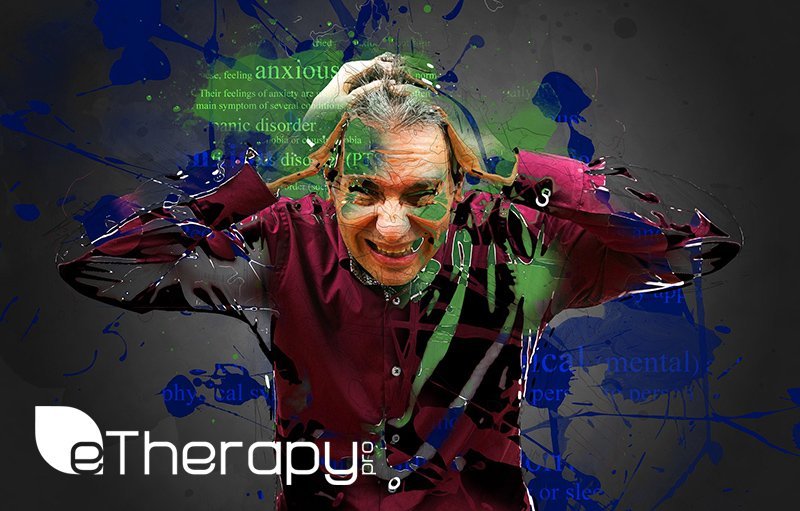
Living with an anxiety disorder that is not treated can be difficult. Anxiety triggers can make even easy tasks feel overwhelming, and they can make social encounters harder to navigate. The illness may get worse with time, making day-to-day living even more difficult.
If you suspect that you, or someone you care about, are struggling with living with an anxiety disorder, seeking professional help is crucial. Fortunately, numerous effective treatment options are available, and a diverse range of mental health professionals are ready to support you through your unique challenges. Don’t hesitate to seek help; there’s no need to suffer in silence when assistance is readily accessible. Remember, you are not alone in living with an anxiety disorder; anxiety is a common experience in our society, and professionals possess the tools and expertise to guide you through the pain and uncertainty. Specifically, cognitive behavioral therapy (CBT) and medication are two frequently used and successful approaches.
With appropriate treatment, anxiety disorders become manageable. Ultimately, finding peace and happiness is possible. With the variety of treatment options available today, such as therapy, medication, and mindfulness techniques, you can discover a path that works for you. Help is closer than you think. Don’t delay; pick up the phone, send that message, or schedule an appointment online. Take the first step towards living with an anxiety disorder and reclaiming your life today. Remember, beginning treatment is a sign of strength, not weakness. By reaching out, you’re taking a proactive step towards a healthier and more fulfilling future, learning effective coping mechanisms, and managing your anxiety.



